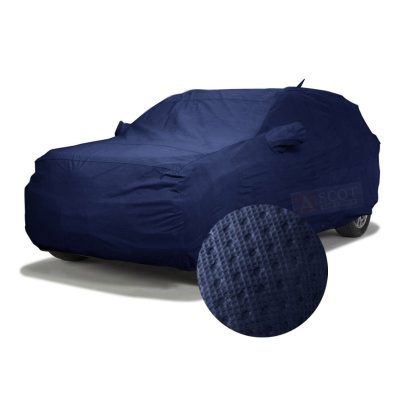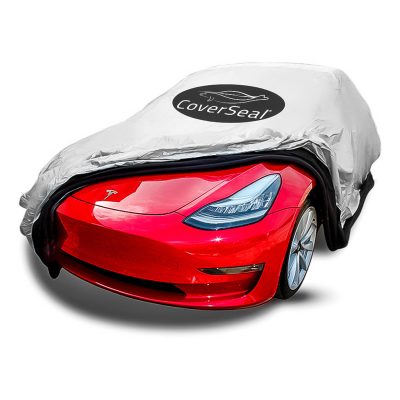Eco-friendly seat cushions offer sustainable comfort while minimizing their environmental impact. These cushions are designed with materials and manufacturing processes that prioritize sustainability and reduce the carbon footprint. Here are some ways in which eco-friendly seat cushions promote sustainable comfort:
- Sustainable Materials: Eco-friendly seat cushions are typically made from sustainable materials such as organic cotton, hemp, bamboo, recycled plastics, or natural latex. These materials are renewable and have a lower environmental impact compared to traditional synthetic options.
- Recycled Materials: Many eco-friendly cushions incorporate recycled materials, such as recycled foam or fabric. Using recycled materials helps reduce waste and the need for virgin resources.
- Biodegradability: Some eco-friendly cushions are biodegradable, meaning they break down naturally over time without causing harm to the environment. Biodegradable cushions are a great choice if you’re looking to minimize waste.
- Low-VOC (Volatile Organic Compounds): Eco-friendly cushions are often manufactured with low-VOC or VOC-free adhesives and finishes. This reduces the emission of harmful chemicals into the environment and promotes indoor air quality.
- Dye-Free or Low-Impact Dyes: Natural or low-impact dyes are used in eco-friendly cushions to minimize the environmental impact of the dyeing process. These dyes are less harmful to waterways and ecosystems.
- Sustainable Production: Manufacturers of eco-friendly cushions may prioritize sustainable and ethical production practices, such as fair labor practices and reduced energy consumption during manufacturing.
- Longevity: Eco-friendly cushions are often designed to be durable and long-lasting, reducing the need for frequent replacements and minimizing waste.
- Packaging: Sustainable cushions may come with minimal or eco-friendly packaging to reduce unnecessary waste.
When shopping for eco-friendly seat cushions, consider the following:
- Certifications: Look for certifications such as GOTS (Global Organic Textile Standard), OEKO-TEX Standard 100, or certifications from recognized sustainability organizations that ensure the product meets eco-friendly standards.
- Reviews: Read reviews and product descriptions to learn more about the specific eco-friendly features of the cushion.
- Maintenance: Consider how easy it is to clean and maintain the cushion to extend its lifespan.
- Price: Eco-friendly products may come with a slightly higher price tag due to the use of sustainable materials and processes. However, they often provide long-term value through durability.
By choosing eco-friendly seat cushions, you not only enjoy sustainable comfort but also contribute to environmental conservation and support ethical manufacturing practices. Additionally, these cushions can be a part of your broader efforts to adopt a more eco-conscious and sustainable lifestyle.




















